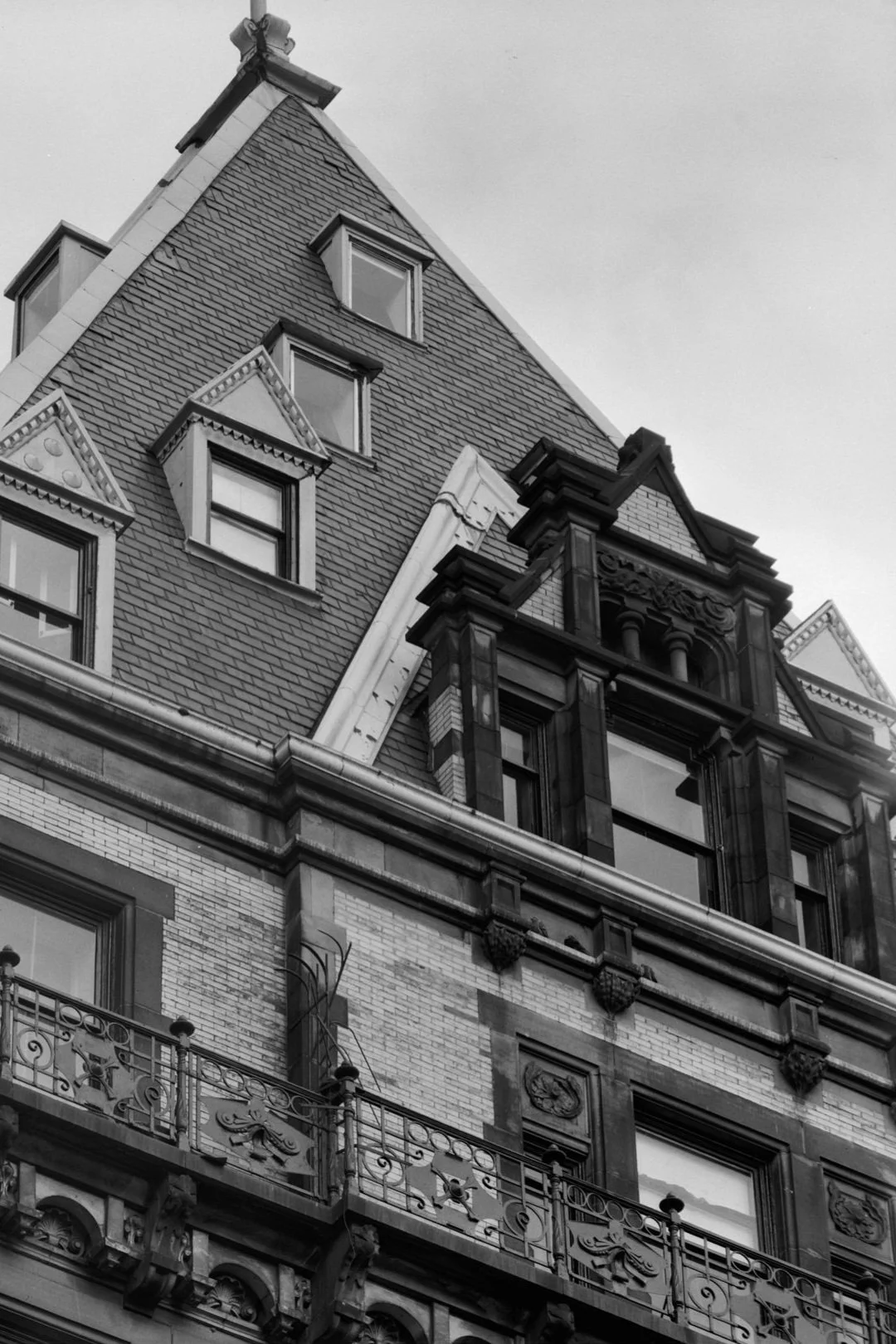“Fellow Citizens Too”: Puerto Ricans and Migration Politics in the New York Amsterdam News, 1954
By Daniel Acosta Elkan
On March 1, 1954, four Puerto Rican nationalists opened fire on the members of the House of Representatives from the gallery of the body’s chamber in Washington DC. This was but the most dramatic event in an important year for the Puerto Rican diaspora, and its effects were felt in profoundly local ways. In East Harlem, the most prominent stateside Boricua community, the FBI conducted a number of raids on bars, restaurants, and other community spaces. The New York Amsterdam News, the city’s leading Black newspaper, reported that “Negroes and Puerto Ricans are reportedly being rounded up, searched, and subjected to other indignities.”
Read MoreBefore Central Park
Reviewed by Kara Murphy Schlichting
Before Central Park is Sara Cedar Miller’s fourth publication about New York City’s famous greensward. Miller is historian emerita and, since 1984, a photographer for the Central Park Conservancy. Before Central Park is distinctive in its combination of Miller’s photography, her expert understanding of the park’s geography and archeology, and her meticulous real estate history of parkland from the 17th through the 19th centuries.
Read More
